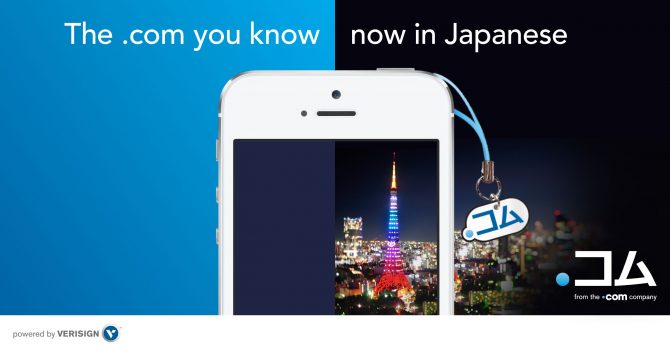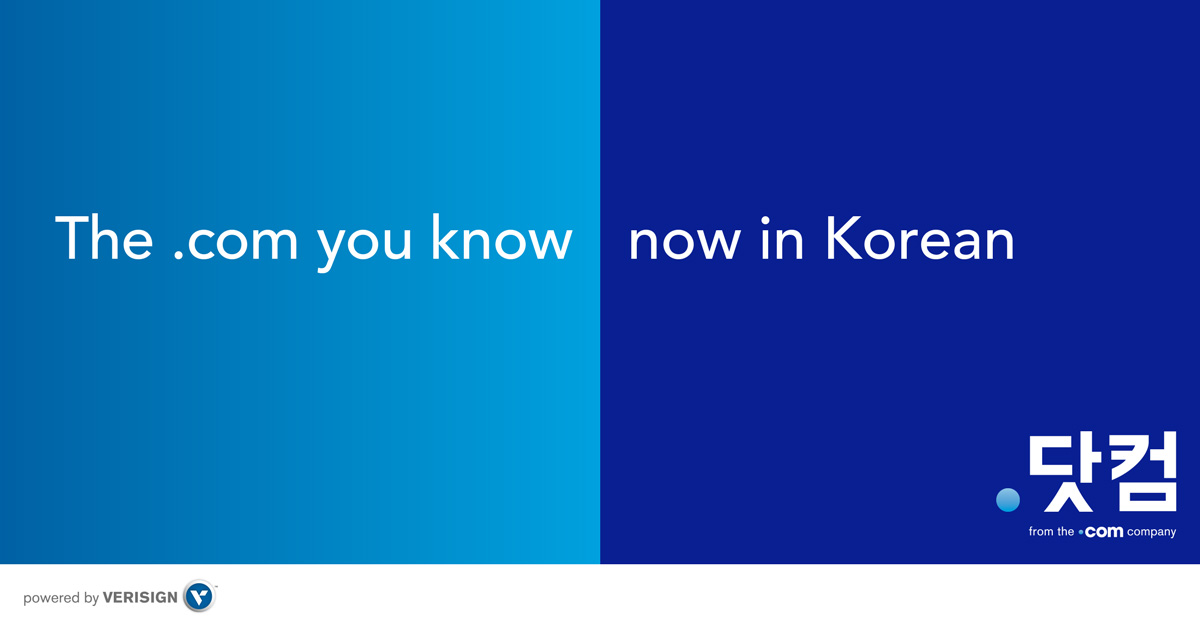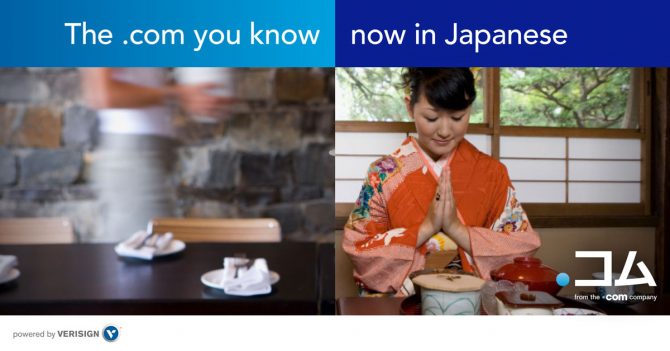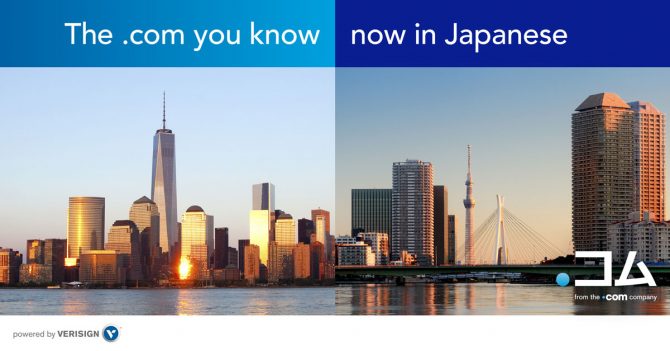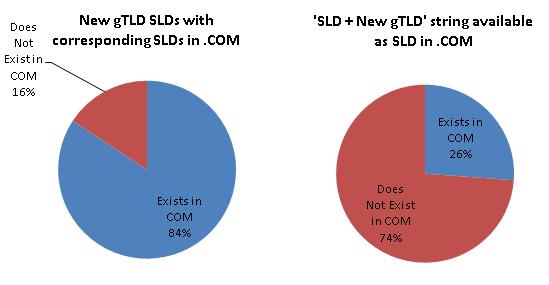In the last three years, almost 1,000 new generic top-level domains (new gTLDs) have entered the market, increasing the previous 22 options for generic domain name extensions, like .com, .net and .org, by almost 5,000 percent. While expanded choice can be good, consumers, small businesses and website owners may be overwhelmed by the many different options and have a lot of questions about which domain extension is right for them or their brand. Recently I spoke with editors at WIRED about what their readers should ask themselves when determining how to choose the right domain name and it came down to the following seven key questions.

